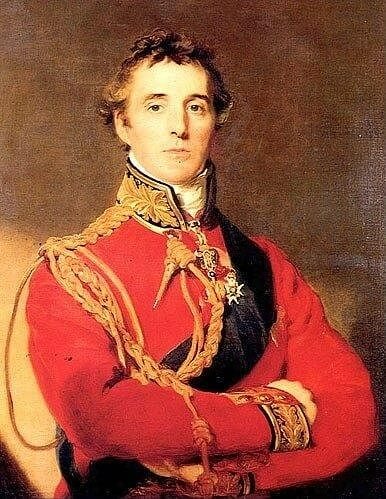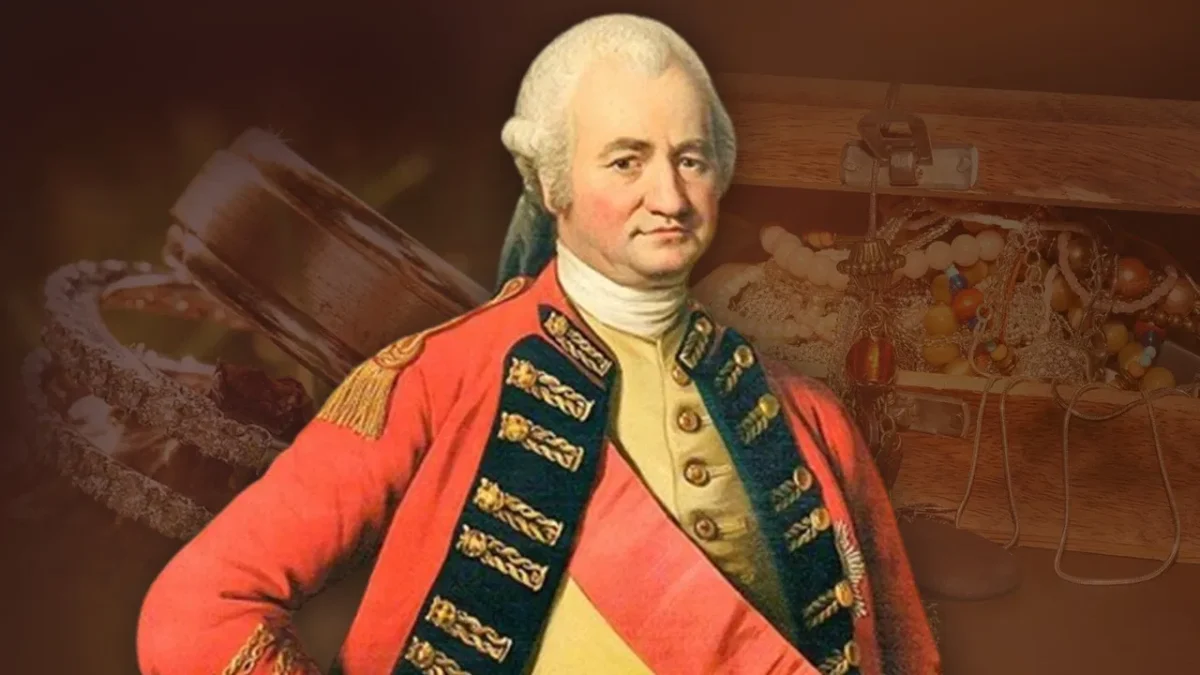
Table of Contents
ToggleWho Introduced The Doctrine Of Lapse?
Lord Dalhousie was Governor General of India from 1848 to 1856. During this period, he annexed many native states by applying the doctrine of lapse.
So, what was the doctrine of lapse? When the ruler of a protected state died without a natural heir, his / her state was not to pass to an adopted heir as sanctioned by the old tradition of the country. Instead, it was to be annexed to the British dominion if the adoption had not been clearly approved earlier by the British authorities.
The question is raised, why did Lord Dalhousie use the doctrine of lapse and not his predecessor? The explanation of the above question can be as follows.
One reason may be that Lord Dalhousie was from the beginning determined to extend direct British rule over as large an area as possible.
The Second reason was that Governor-General Lord Dalhousie was in shortage of cash. When he became Governor-General in 1848, the East India Company ( EIC ) had already fought two Anglo-Sikh wars. These two wars had exhausted the treasury of EIC. So, when Lord Dalhousie became Governor-General in 1848, his first task was to replenish the treasury. Thus through the doctrine of lapse, he expanded the British empire and tried to increase the revenue of EIC.
The third reason was that by the period of 1840, England had a fully grown industrialization. S The British capitalist wanted to expand more and more markets for their production. This expanded market could be captured if more and more territory was directly under the rule of EIC. So, the other reason was to give access to the British capitalist to sell their products to the newly acquired territory.
To conclude, Lord Dalhousie annexed the native states with the help of the doctrine of lapse because of the domestic compulsion of shortage of money and the external compulsion of British industrialization.
The Doctrine of Lapse – Lord Dalhousie


